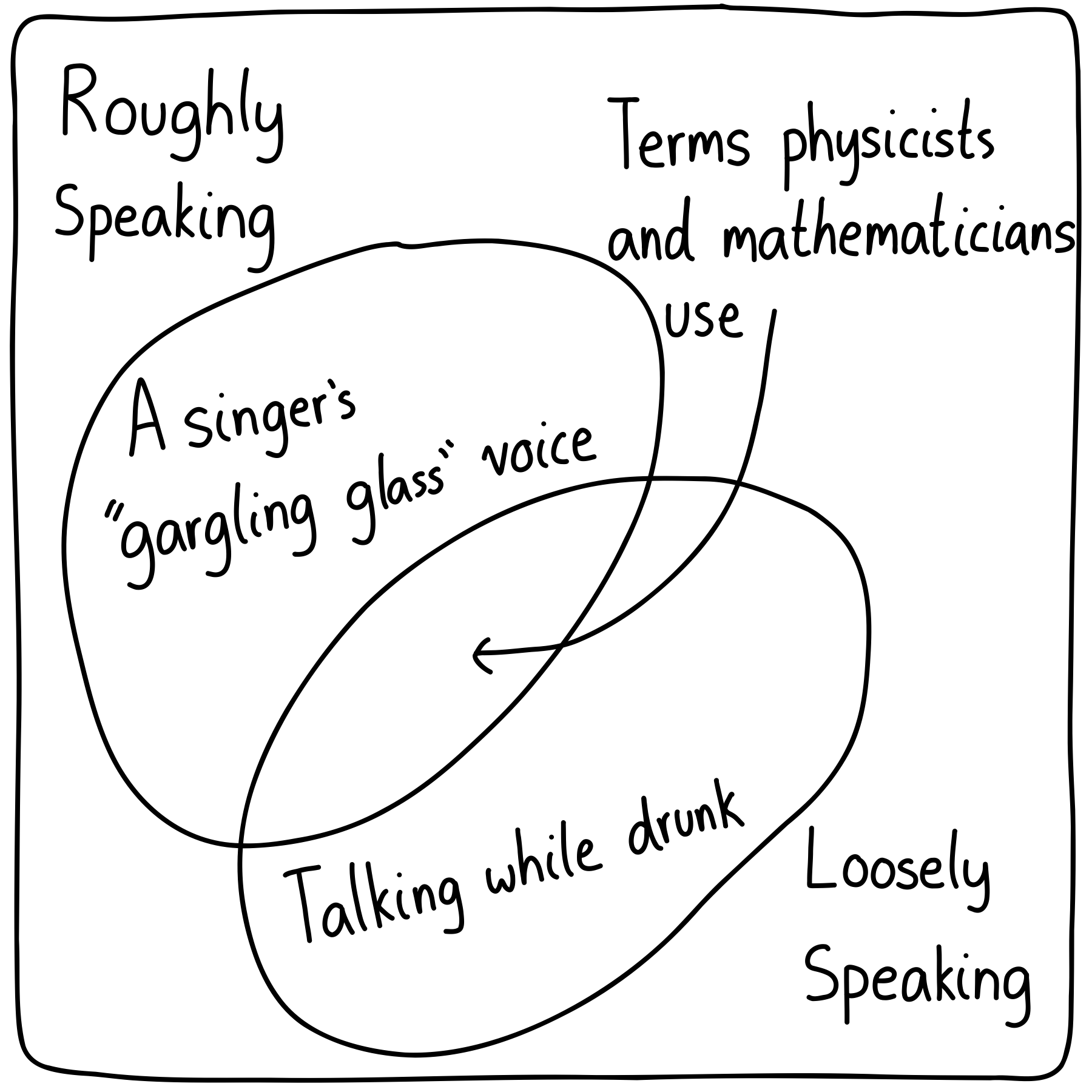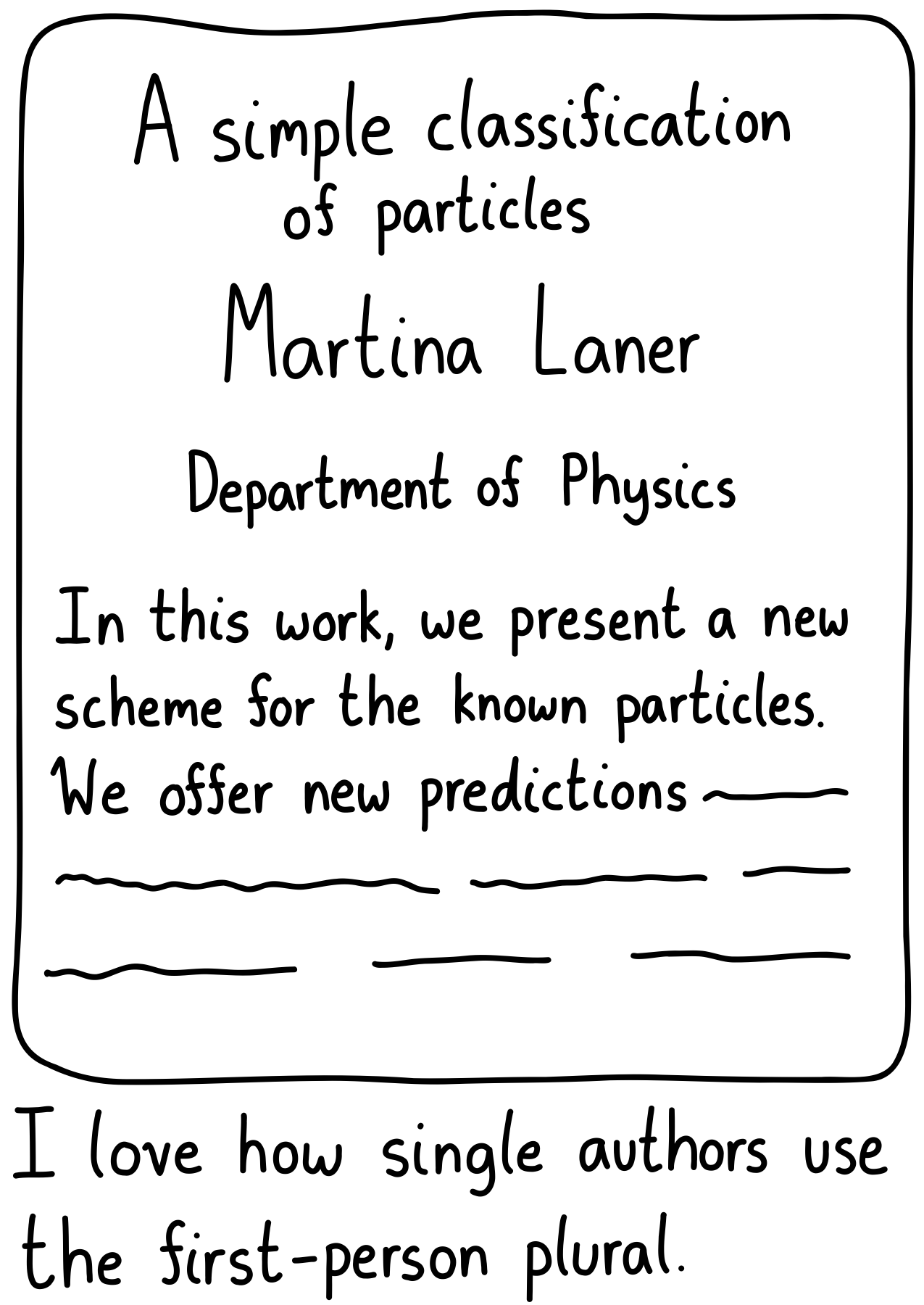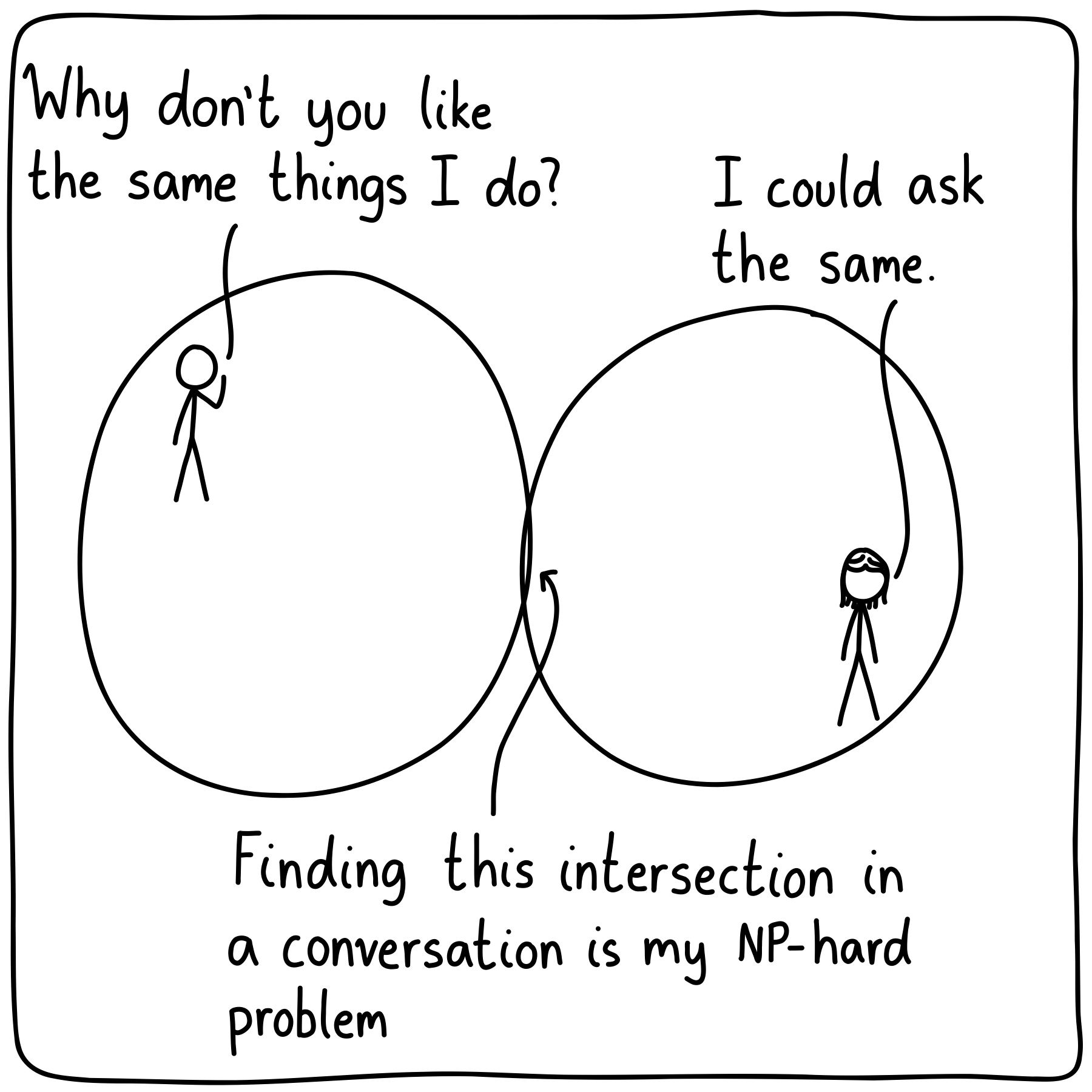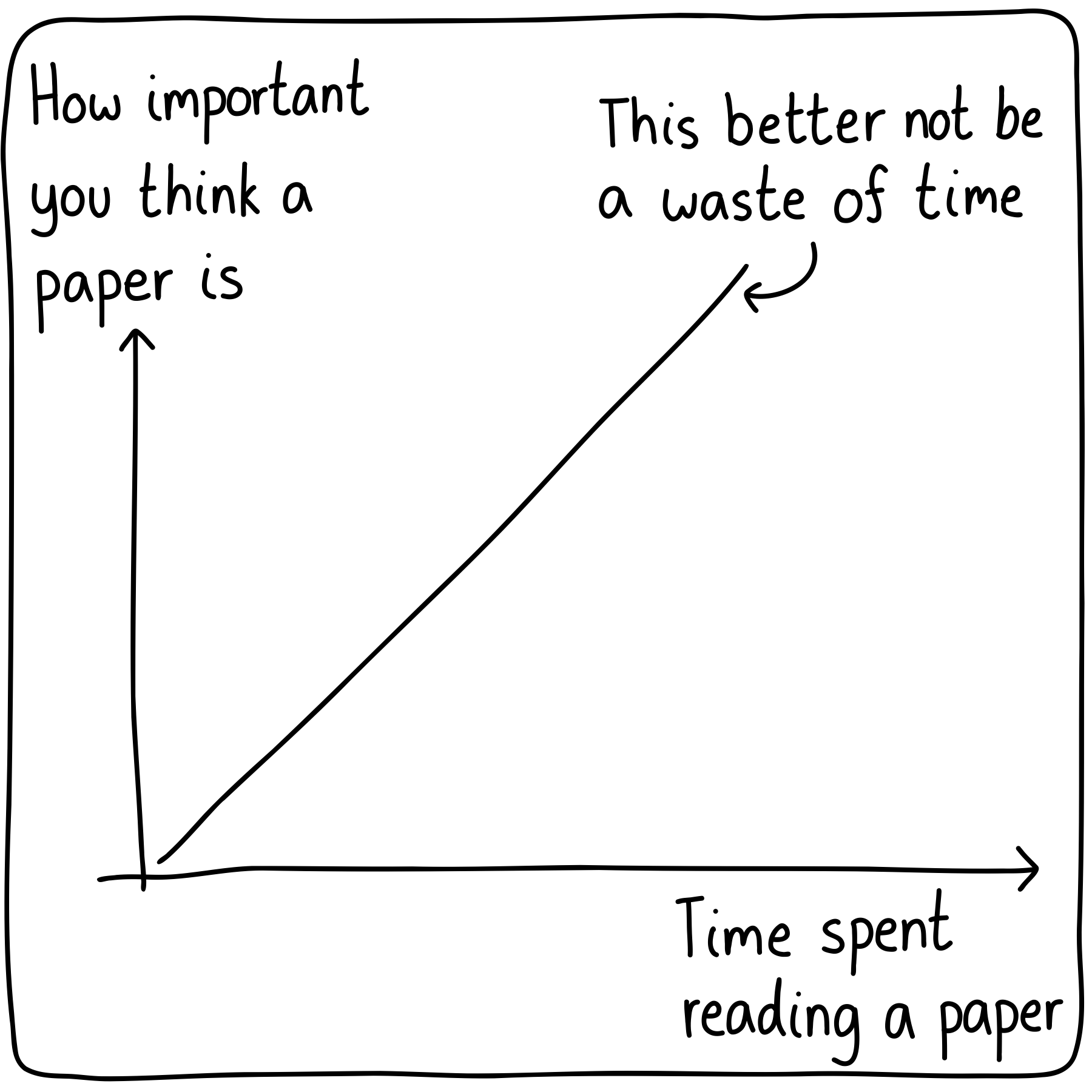 Comics about mathematics, science, and the student life.
Comics about mathematics, science, and the student life.
Holding
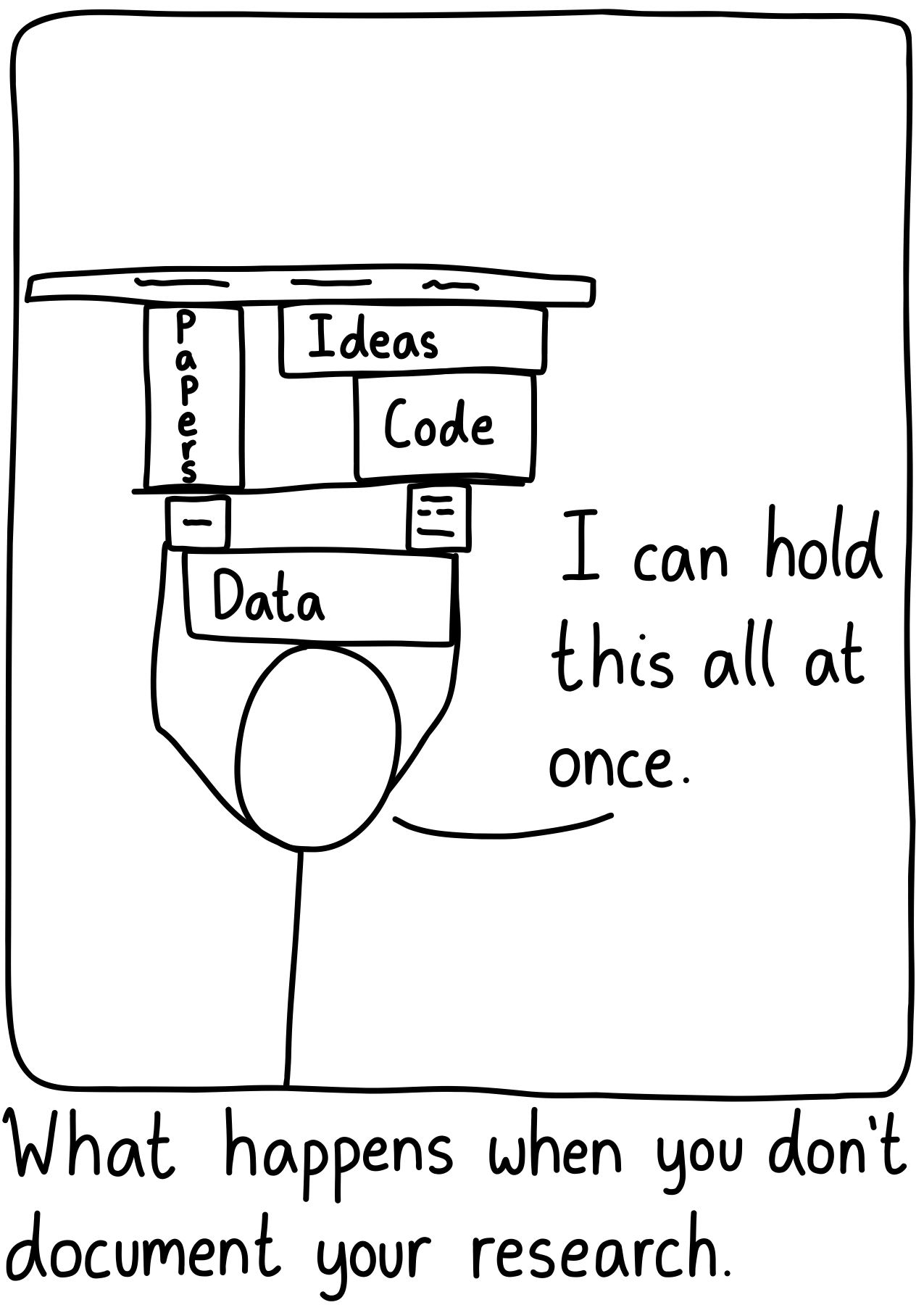
Those computer programmers were up to something with that whole commenting system for code.
19 Nov 2021Deep
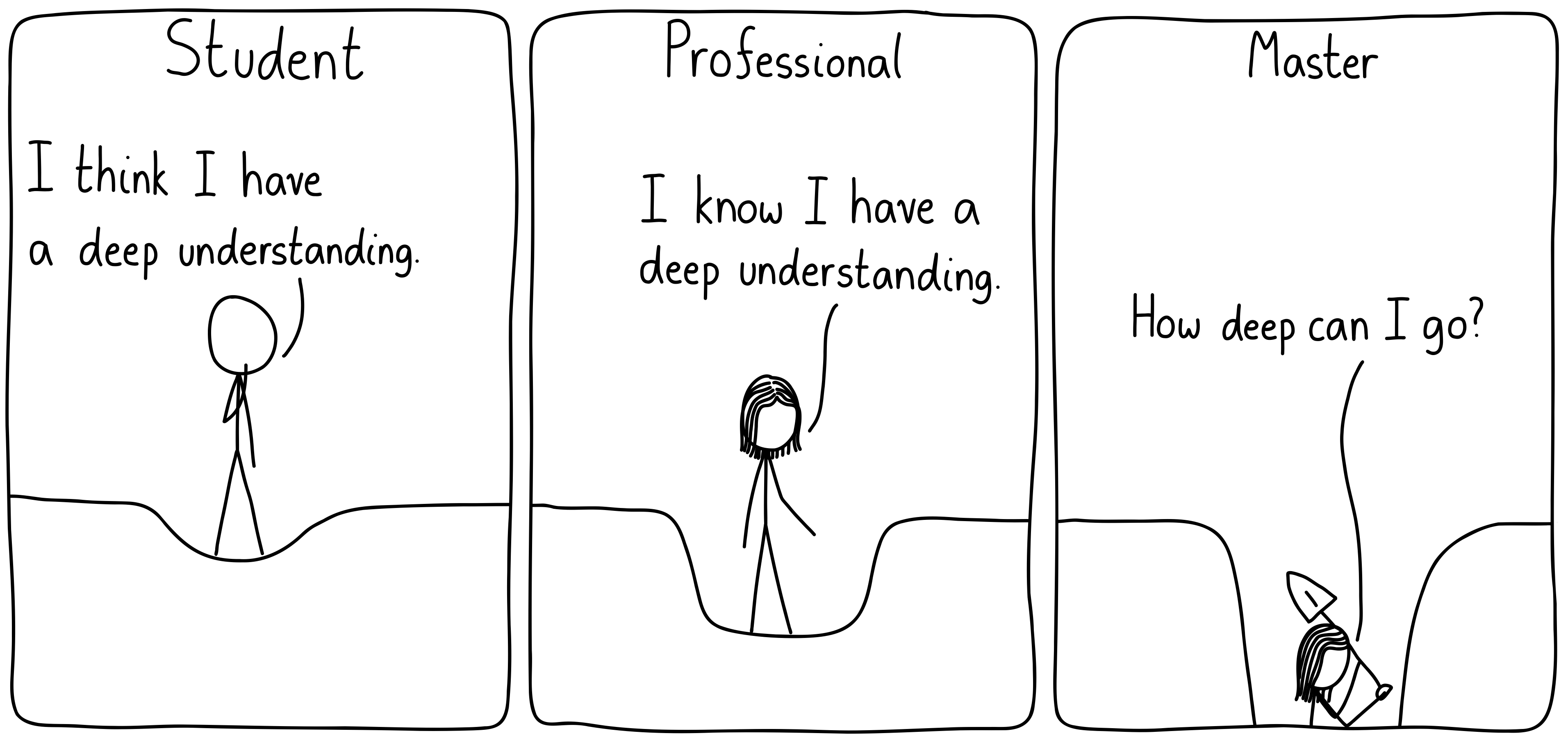
Even after studying a topic for a long while, it’s a pleasure to be surprised by a new perspective on it.
Keep digging.
12 Nov 2021Light Cone

“You haven’t heard of this new result?!”
“No, could you tell me where to look for it?”
“Yeah…oh wait, it’s not published yet.”
10 Nov 2021Why

The best researchers are the most patient askers of “Why?”, and because of this often exasperate others.
08 Nov 2021Appetite
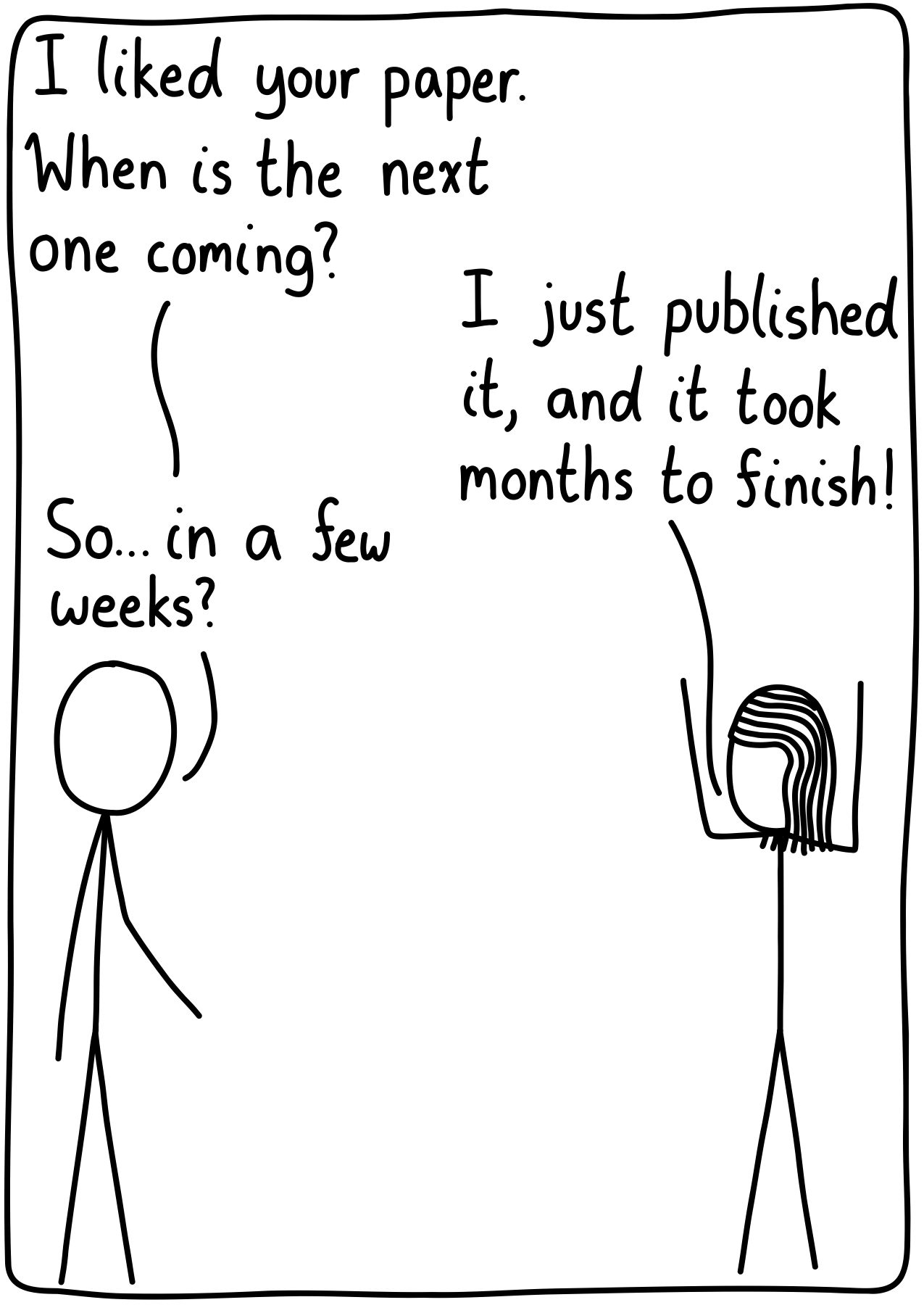
“You know, I don’t have an army of students to do the work for me. I’m a one-woman group.”
“Okay, that’s fair. I’ll give you a month. That should be enough!”
03 Nov 2021